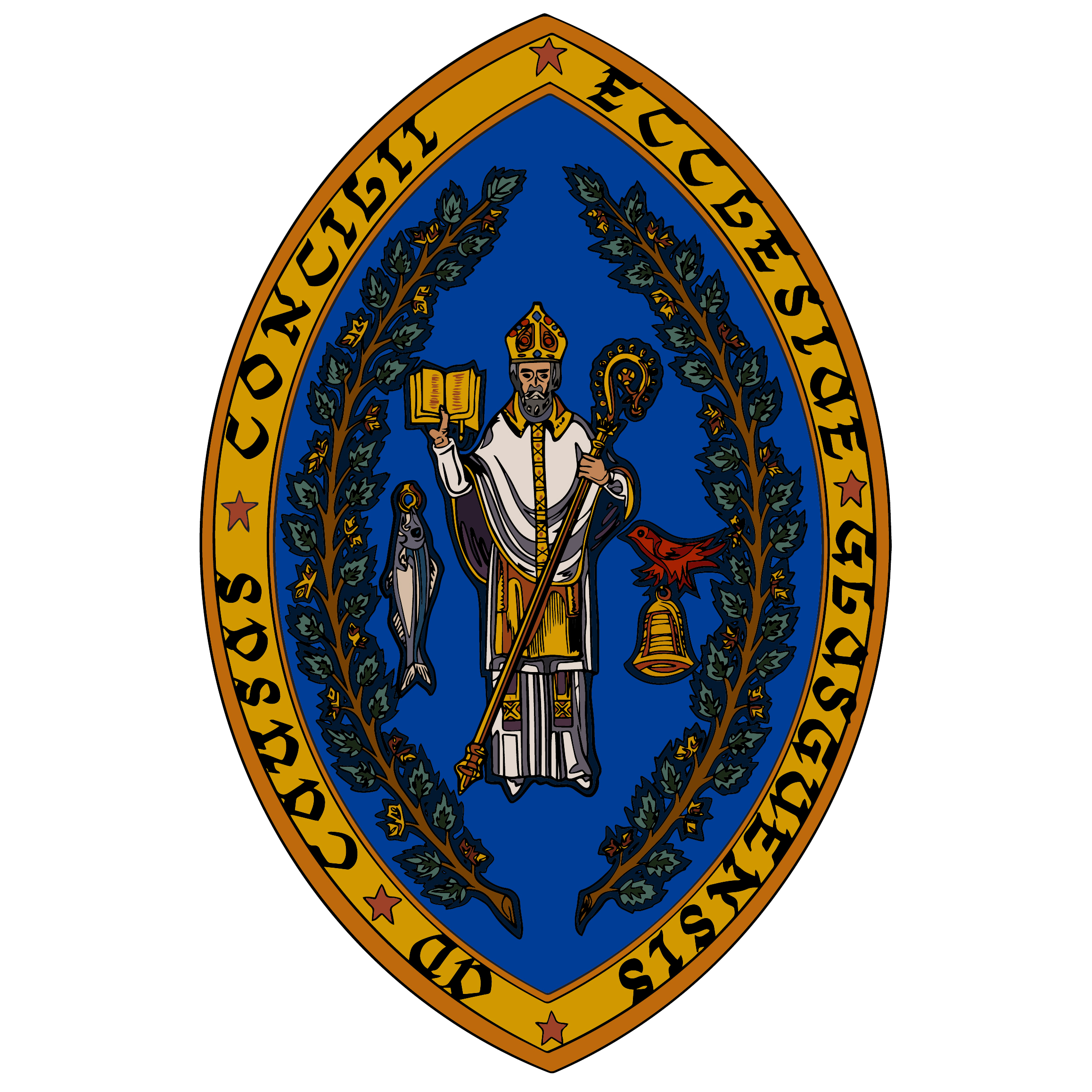GUIDED TOURS
AT
GLASGOW CATHEDRAL
For information on Guided Tours, please see Visit on this Site
Sunday Worship every Sunday 11 am — all welcome.
For up-to-date information on opening hours please visit Historic Environment Scotland.

GUIDED TOURS AT GLASGOW CATHEDRAL
For information on Guided Tours, please see Visit on this Site
* * * * * * * *
Up & Coming……..
Worship with us in person
All are welcome!
When I come to Church how will I know what to do?
We will give you a booklet with a running order. If English is not your first language the person leading the service will invite you to stand and sit when it is appropriate. The Minister (leader) will guide everyone through the service – no one should be embarrassed!
What should I wear?
Feel free to wear whatever you normally wear. Some people wear smart casual when they go to church – but it’s totally up to you. For Christmas services and events, some people like to dress a bit smarter, while others like to wear Christmas jumpers!
Will I be asked for money?
Attending any church service is completely free. There is no expectation to give money, although the Cathedral will welcome any donation you feel moved to make. During the service, or afterwards, there may be an opportunity to donate to the Cathedral. You can also do this using the QR code in the order of service.
What if I have accessibility requirements?
If you have any access requirements do speak to the person who welcomes you at the door, or you can contact the Cathedral beforehand to find out more about the arrangements. Guide dogs and Assistance dogs are welcome in the Cathedral. Let the welcomers know where you and your dog need to sit in the building.
Are Children welcome in Church?
YES! Children are welcome at all services.
We look forward to welcoming you to Glasgow Cathedral.
At a Glance: Cathedral Worship Past and Present
The building of Glasgow Cathedral began in 1136 and took about 350 years to finish.
The cathedral was dedicated to St Kentigern (or St Mungo), a Christian missionary in the area during the 6th century AD. His tomb had attracted pilgrims from all over. Therefore, the site was seen as holy and a resource of grace.
The Gothic Cathedral’s architecture embodied the outreach of the Gospel and the entire process of the salvation of troubled humanity. The Roman Catholic Latin Mass represented this liturgically.
With the Protestant Reformation there were dramatic changes. There was a switch from elaborate liturgy and ceremony to a plain service of Bible lessons, preaching, prayer to God alone, congregational singing, and the Sacrament of Communion as a communal meal of thanksgiving sitting at tables. Reformers cleared the building’s interiors of all pictures, statues, and numerous chapels.
The Reformed Church of Scotland took a long time to decide whether its ministry should be exercised by bishops and priests in dioceses, or by bishops and elders in presbyteries. In 1690 the presbyterian system became definitive. Subsequently bishops and the episcopalian order had no further role.
In recent centuries the austere appearance of the interior and strict simplicity of worship was relaxed to conform with changing tastes in church art, architecture, and forms of worship. But the origins of Cathedral worship are still the Scottish Reformation Book of Common Order (1565).

